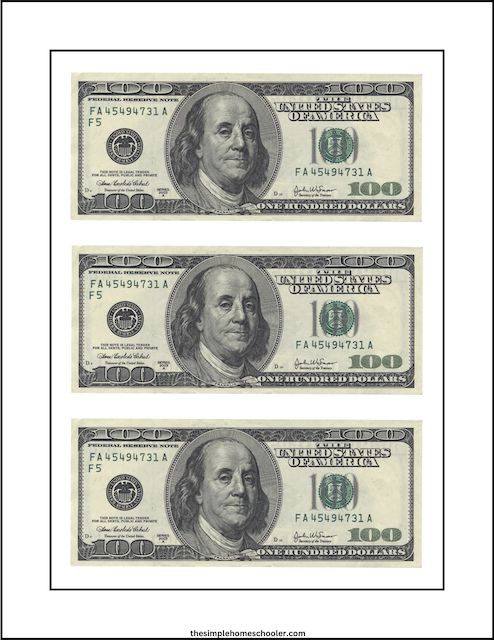In the realm of finance, the issue of counterfeit currency has emerged as a prevalent concern, posing significant threats to the stability and integrity of our monetary systems. This comprehensive guide delves into the multifaceted world of $100 fake money printable, exploring its legal, ethical, and practical implications with clarity and depth.
Throughout this discussion, we will uncover the intricate details of counterfeiting, examining the techniques employed, the consequences faced, and the ethical dilemmas it presents. Furthermore, we will provide practical guidance on identifying and preventing counterfeit bills, empowering individuals and businesses to safeguard themselves from this illicit practice.
$100 Fake Money Printable

Fam, listen up! If you’re skint and need a quick way to cop some dough, I’ve got the lowdown on how to print your own fake $100 bills. But hold up, don’t get your knickers in a twist, this is just for a bit of banter, innit? I’m not encouraging anyone to actually counterfeit money, that’s a right dodgy business.
Materials You’ll Need
To get started, you’ll need a few bits and bobs:
- A computer with a printer
- Some decent quality paper
- A template for the $100 bill (you can find these online)
- A bit of patience
Step-by-Step Guide
Once you’ve got your materials, it’s time to get printing:
- Download the $100 bill template and open it in a photo editing software.
- Resize the template to fit your paper size.
- Print the template onto your paper.
- Let the ink dry completely.
- Cut out the printed bill.
Important Note
Remember, these fake bills are just for a bit of fun. Don’t try to use them to buy anything, because that’s a surefire way to get yourself into trouble. Keep them for pranks or as a reminder of your creative skills.
FAQ Section
Is it legal to possess or use counterfeit money?
No, it is a federal crime to possess or use counterfeit money, punishable by severe penalties, including fines and imprisonment.
How can I identify counterfeit $100 bills?
Look for security features such as watermarks, holograms, raised printing, and security threads. If any of these features are missing or appear altered, the bill may be counterfeit.
What are the ethical implications of counterfeiting?
Counterfeiting undermines trust in currency systems, damages the economy, and facilitates illegal activities, harming both individuals and society as a whole.
How can I protect myself from counterfeit bills?
Be aware of the common characteristics of counterfeit money, use counterfeit detection devices, and report any suspicious bills to the authorities.
